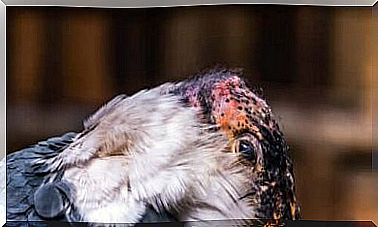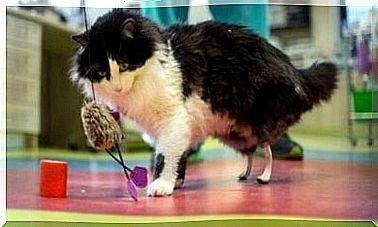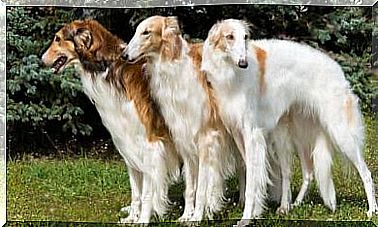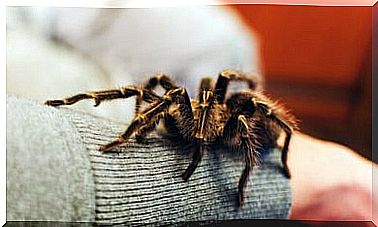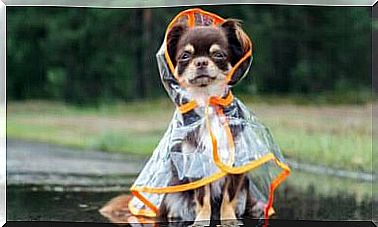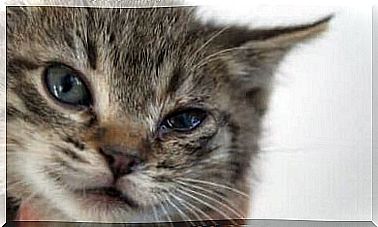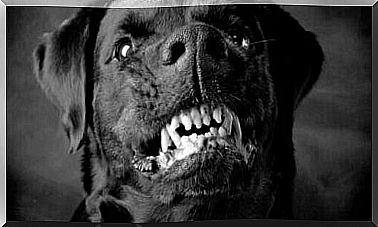Glaucoma In Cats: Causes, Symptoms And Treatment
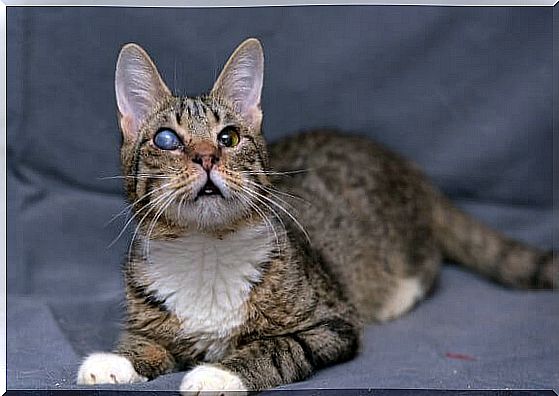
This degenerative eye pathology can affect our pet’s vision, so it is very important to learn about it. In the following article, we’ll tell you everything you need to know about glaucoma in cats.
What is glaucoma in cats?
It is a disease that affects one or both eyes of mammals, especially humans, dogs and cats. It is more frequent in elderly cats and is caused, among other factors, by an increase in eye pressure.
Glaucoma in cats also appears as a result of excessive production of intraocular fluid. Both accelerate the degeneration of the optic nerve and the retina, therefore, they can cause partial loss of vision and, later, blindness.
Feline glaucoma can be of several types, depending on what caused it. On the one hand, there are genetic or hereditary causes, which predispose certain breeds to suffer from this problem. On the other hand, we can talk about underlying diseases such as cataracts, neoplasms and uveitis.
We cannot ignore the increase in eye pressure and consequent glaucoma as a result of a street fight, an accident or trauma to the eyes that favor the development of the pathology.
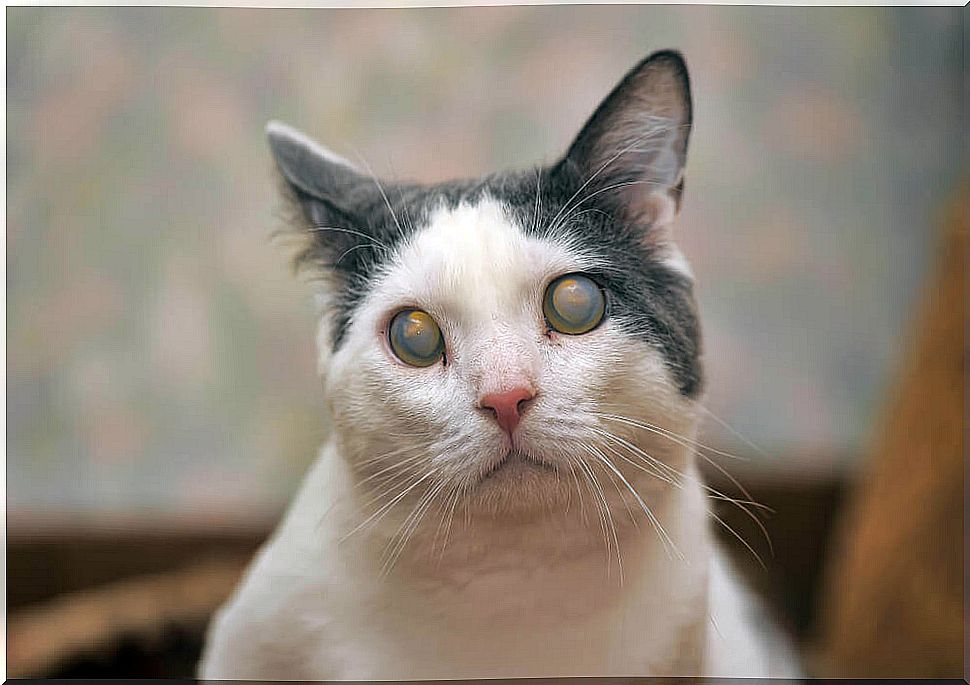
What are the symptoms of glaucoma in cats?
It can be said that glaucoma is a silent disease, as in the early stages it produces no visible symptoms. The animal is likely to experience a reduction in its visual abilities, but has no way of communicating it.
The signs of glaucoma in cats are usually very general, not specific, and owners only notice the problem when the disease is a little advanced. Warning signs could be that the animal wobbles when it walks, bumps into things, or fails to recognize obstacles in its path.
Also, the clear sign of glaucoma in cats is that one or both eyes are grayish or bluish. Pupil dilation also occurs, in addition to a problem with reacting to lights. Other signs to watch out for are:
- Vomiting and nausea.
- Dizziness and headaches (he won’t want you to touch his face or head).
- Behavior changes, more aggressiveness, less contact with their owners.
- Lack of coordination.
Treatment and Prevention
To prevent glaucoma from developing, it is very important to take our cat for veterinary checks every year. Although it is not possible to intervene in hereditary factors, at least we can offer preventive care and delay the appearance of this pathology as much as possible.
Once your veterinarian diagnoses glaucoma, your treatment will depend on the severity and cause. It is important to know that although the progress of the disease may be halted, it is not possible to regain the sight that the animal has already lost.
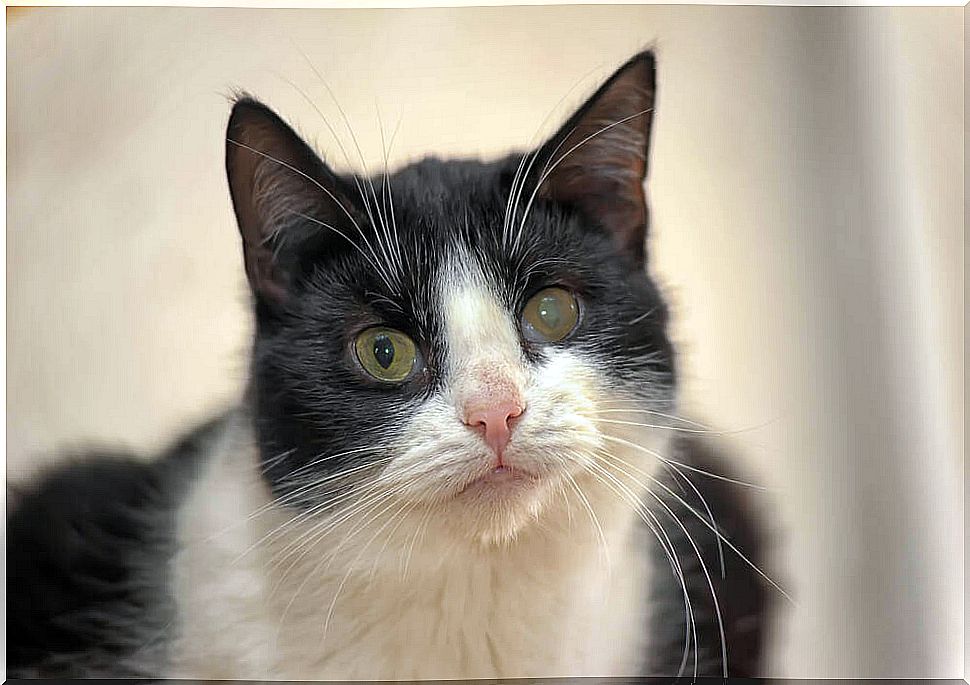
The basic treatment consists of applying eye drops to balance the ocular drainage system and balance the production of intraocular fluid. It may also indicate the use of analgesic or anti-inflammatory drugs that relieve tenderness and pain in the area, or topical hypotensives through drops that reduce tension.
If the disease is very advanced, the provider is likely to recommend laser surgery to artificially drain the intraocular fluid.
In cases where the eye can no longer see anything and there is a great risk of infection or other diseases, the most common is that surgery is indicated to remove the organ. Some put on a prosthesis (for aesthetic purposes only) and others suture the eye cavity to keep out viruses and bacteria.
Some of the races most prone to glaucoma and other eye diseases are the Persian, Himalayas and Burmese. However, it can also appear in cats or cross-breeds. We recommend that you take your pet to the vet periodically to diagnose any health problems in time.
